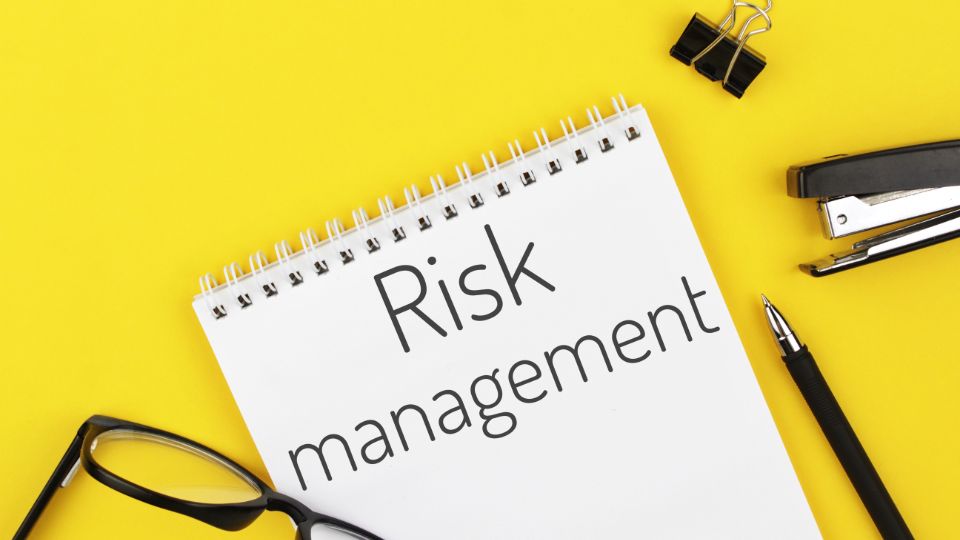How To Master Enterprise Risk Management Once And For…
Enterprise Risk Management (ERM) is an approach that businesses should take to evaluate risks that may face in their activities. Financial uncertainties, cybersecurity threats, regulatory changes, supply chain disruptions — mastering ERM helps organizations stay resilient and competitive through all of it. So here’s an ultimate guide to get Mastering ERM one for all.
1. Understand The Core Principles Of ERM
That is, to have a proper risk management exercise under your scope, this knowledge of ERM is required. The key components include:
- Risk Identification: Identifying all potential risks in every aspect of the business.
- Risk Assessment: Assessing the probability and severity of risks.
- Risk Response: Developing Strategies to mitigate, transfer, accept, or avoid risks.
- Monitoring & Reporting: Continuously tracking & monitoring risks.
A well-designed ERM framework is aligned with the business goals and objectives, ensuring risk is managed proactively, rather than reactively.
2. Build A Risk-Aware Culture
Unlike with silos in the organization, ERM is not just the job of executives; it’s part of the culture of the organization. Enable employees across the organization to spot risk and flag it. Hold regular training and use a defined communication structure to increase adherence to a risk-aware environment.
3. Implement A Structuralized ERM Framework
A standardized approach to ERM provides consistency in risk management practices. Some common ERM frameworks are:
- COSO ERM Framework: Focuses on integrating risk management with business strategies.
- ISO 31000: Sets out the principles and guidelines for risk management across various industries.
- NIST Framework: Used primarily in cybersecurity risk management.
Using the appropriate framework enables a complete and organized risk mitigation strategy.
4. Employ Data-Driven Risk Assessment Tools
Better risk assessment is possible with technology and analytics. AI-enabled risk assessment tools, predictive analytics, and real-time monitoring software can assist firms in quicker detection and mitigation of risks. Do data visualization tools also help in making informed decisions backed with insights?
5. Establish Strong Governance & Compliance Mechanisms
A large part of ERM is regulatory compliance. To remain in regulation, organizations also can monitor industry regulations and perform compliance audits as well as establish internal controls to assure that they follow the law and ethical standards. A compliance officer or team can help instill these policies in practice.
6. Develop A Proactive Risk Mitigation Plan
However, waiting for risks to manifest before acting can be expensive. Instead, create an active risk mitigation plan that consists of:
- Contingency strategies for high-impact risks.
- Crisis management and business continuity planning.
- Regular risk assessments & scenario analyses to anticipate possible disruptions.
7. Continuously Monitor, Adapt, & Improve
It is important to note that risk management is a continuous process. Periodically review risk management updates, update risk registers, and apply learnings from previous occurrences. Being nimble guarantees that in organizations we can quickly respond to new and emerging risks, as well as shifts in the business environment.
Final Thoughts
Enterprise risk management is not a box to be checked and then forgotten; it requires ongoing attention. The path to successful strategy execution lies in realizing the integration of ERM into the business operations, using essential safeguards across strategy portfolios, fostering a culture of mindful risk-taking, harnessing the power of emerging technology, and adopting a proactive mindset to meet the challenges of dynamic ecosystems. ERM is now preparing for the unknown tomorrow.
